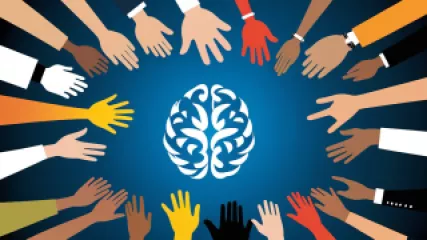What are the key volunteering benefits for personal fulfillment?
1 year ago
Volunteering Benefits
Latest Research on Emotional Healing
1 year ago
Emotional Health
Transform Your Home with Color Psychology for Stress Relief
1 year ago
Psychology of Color in Interiors
Finding Connection: Lessons on Dealing with Loneliness Online
1 year ago
Loneliness
Mastering Social Skills: An Expert Interview
1 year ago
Social Skills
Dispelling Myths About Mental Health Stigma
1 year ago
Mental Health Stigma
Latest Research on Online Support for Bereavement
1 year ago
Bereavement Support
Top Online Divorce Counseling Resources: A Research Summary
1 year ago
Divorce Counseling
My Journey to Mastering Assertiveness Training Techniques
1 year ago
Assertiveness Training
Conquering Depression: My Journey to Overcoming Hurdles
1 year ago
Depression Self Help Tips
How Can I Start Developing Emotional Agility Today?
1 year ago
Developing Emotional Agility
Expert Insights: Effective Stress Management Techniques for Better Emotional Health
1 year ago
Emotional Health
Unveiling Superstitions: An Emotional Intelligence Interview
1 year ago
Psychology Behind Superstitions














